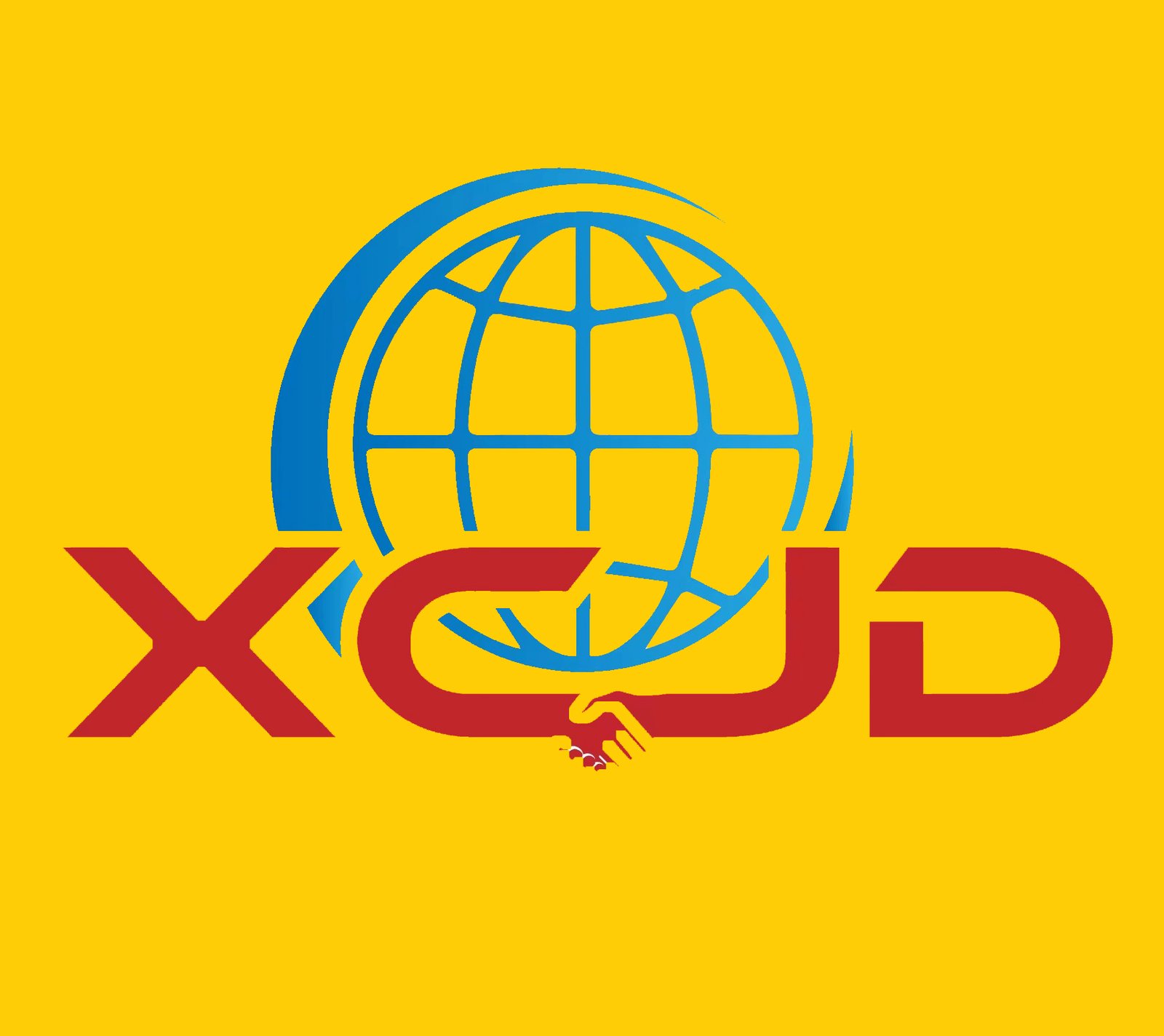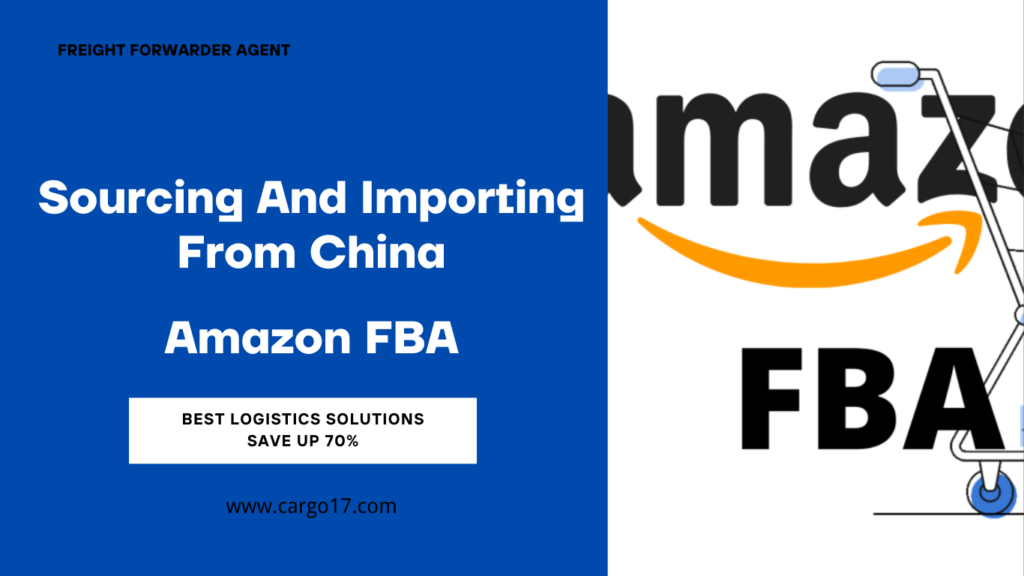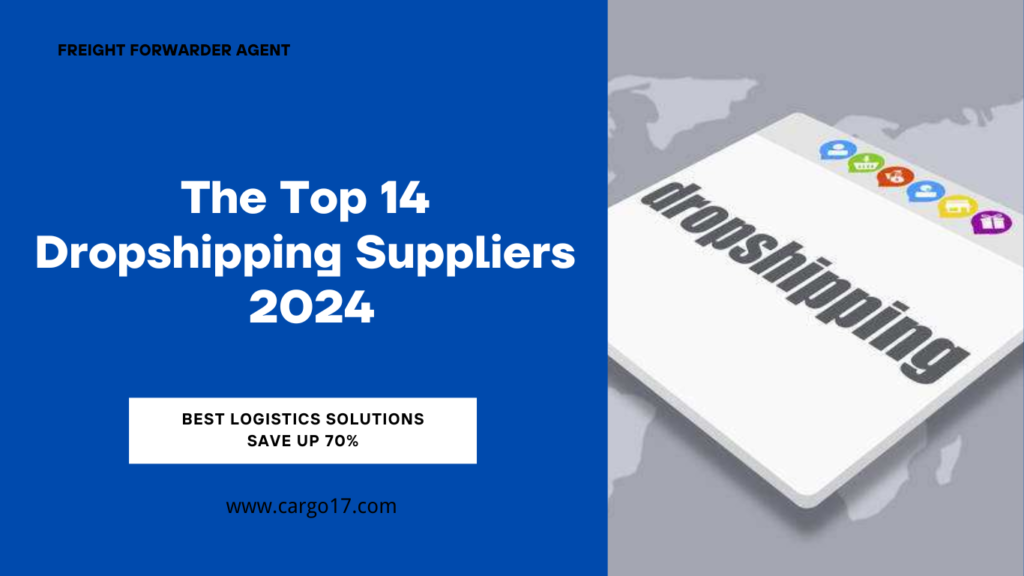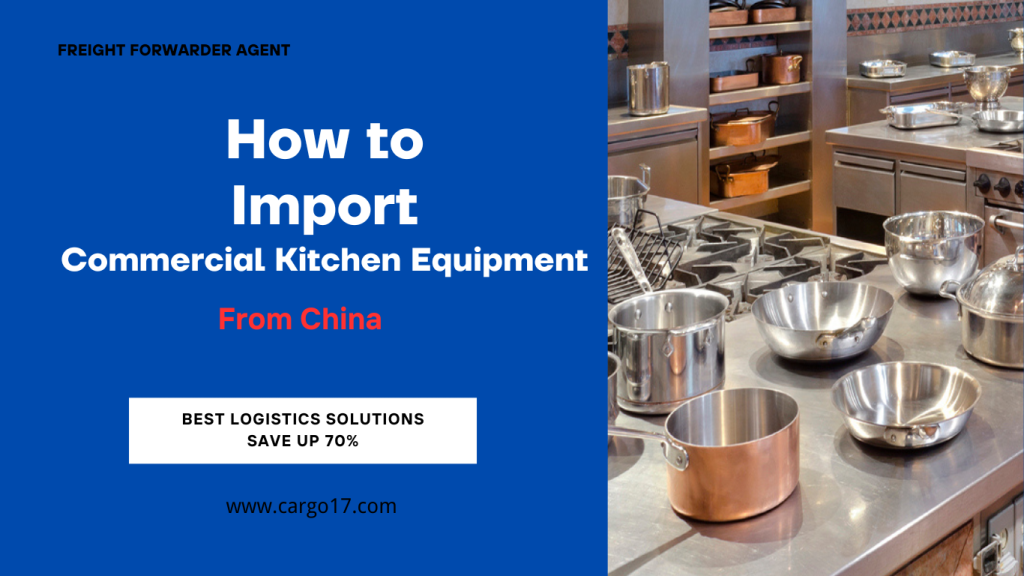In today’s digital world, e-commerce is growing rapidly. With more and more people using online shopping, it has become an important part of our daily life. cause? That’s the best part. Many companies are working hard to make the online shopping experience as easy and pleasant as possible for customers.
One of the strategies companies use to build trust with customers and encourage sales is to offer clear and favorable pricing and return policies. This approach will not only increase customer confidence, but also increase sales and growth of your e-commerce business.
But all is not well. Refunds and returns are complicated. But that shouldn’t be a constant concern for retail investors. Returns are a natural feature of any marketing business, whether online or offline, and include discount patterns.
In this comprehensive guide, we’ll look at best practices for properly handling ecommerce returns. We’ll give you ideas and strategies to turn these potential challenges into easy aspects of your outsourcing business. Take a closer look and discover the secret of managing e-commerce returns.
Knowing these aspects of e-commerce will help you approach money more strategically and with less fear. Return and refund fees vary by product category. If you are thinking of starting a dropshipping business, knowing these factors will be very helpful. Some product categories with higher return rates include:
Clothing and footwear: Returns are high here, usually due to sizing issues rather than product defects. Electronic products Jewelry and accessories entertainment articles
Why do customers return items? Based on recent data, here are the top reasons:
Receiving damaged goods
Products not matching their descriptions
Poor quality items
Ordering multiple items for choice
Delivery issues
Simply changing their minds
To reduce these situations, dropshippers should focus on providing high quality product information and images. User-friendly store layouts and clear product pages reduce ordering errors, allowing you to shop smarter and reduce returns. But it is more than that. Consumers in different countries have different purchase and return policies. Understanding these patterns is important when targeting niche markets. This knowledge can help you tailor your approach to the needs and expectations of your local customers.
By improving your store and understanding trends in customer behavior, you can turn the problem of e-commerce returns into a manageable part of your business.
How to handle ecommerce returns
Processing returns and refunds is an important part of any retail business, whether online or offline. In dropshipping, this process is a unique situation and understanding them is important to get it right.
Ecommerce returns in the dropshipping model
Unlike traditional e-commerce, where customers return products that the customer is not satisfied with, returning discount handles is different. Considering that the suppliers are on the other side of the world, the return process is not easy. Should the customer return the product to China or to you? The answer lies in a strategy that works for both you and your customers: a win-win solution. In most cases, it makes sense to issue a refund without waiting for the customer to return the product. This approach keeps things simple and customer friendly. If the customer is not satisfied, issue a refund and keep the product.
Creating a clear returns policy
An explicit return and refund policy is essential. Research shows that 80% of online shoppers are hesitant to buy from stores with unclear return policies. Your policy should be easily accessible and clear, guiding customers on how to proceed with a complaint.
Understanding customer complaints
When a customer complains, approach the situation with compassion and understanding. Ask the customer why they are upset and ask for photo demonstrations of the problem. This will help you decide the right path.
Customer does not like the product: If the customer does not like the product, he may not be able to get a refund from the supplier. However, consider giving your customers money for your own good and your future business. PLEASE NOTE: If you have a complaint about discrepancies, errors or non-delivery of products, please send us photographic proof and confirmation with the tracking code. Use these recommendations to discuss reimbursements with your provider.
Big ticket profit: The golden rule to remember is: the higher the quality of your products and the more attractive your store, the lower the return rate. This is especially true for expensive items. When you focus on high-value products, you’re not just aiming for more revenue. We also have a customer base that values quality and uniqueness. These are customers from the upper class of society who expect the best. As a result, you may be less likely to return your purchases because these products meet or exceed our high standards.
Customer Refund Request: Finally, you can request a full or partial refund depending on your situation. Managing returns and refunds efficiently increases customer satisfaction and loyalty and turns difficult situations into positive experiences.
Consumers who invest in high-value items often have high tastes and expectations. They are looking for products that offer utility but also energy. Meeting these expectations means reducing the risk of dissatisfaction and relapse.
In the next section, we’ll look at strategies to reduce returns and increase customer satisfaction in your dropshipping business.

Best practices for optimizing dropshipping your ecommerce returns
While it is important to understand how to properly handle e-commerce returns, the ultimate goal is to reduce the frequency of returns. This not only increases customer satisfaction but also increases profits. Here are six best practices that can increase efficiency and reduce costs in your e-commerce returns process.
#1. Ensure accurate and detailed product information
One of the main causes of returns is a mismatch between customer expectations and the product received. To fix this, make sure all product descriptions on your e-commerce site are accurate and complete. Here are the key details to include on each product page:
- Product weight and dimensions
- Materials used
- Size guides (including model sizes, if applicable)
- Clear and detailed ecommerce returns policy
2. Secure packaging and shipping
Though the delivery carrier plays a significant role, there are steps you can take to reduce damage during transit:
- Inspect items, particularly clothing, before dispatch
- Use protective materials, like bubble wrap, for delicate items
- Mark parcels containing fragile items clearly
- Choose appropriate parcel sizes to avoid in-transit jolts
#3. Foster a sustainable returns process
With the fashion industry alone contributing to a significant portion of global carbon emissions, making your returns process sustainable is crucial. To do this:
- Avoid pre-packaged return labels; instead, ask customers to print labels as needed
- The fewer returns you process, the lesser the environmental impact
4. Keep customers updated on return status
Brand perception is crucial in ecommerce. Keeping customers informed during the return process can significantly impact their perception of your brand. Use tools like email, Facebook Messenger, or SMS to keep them updated. Also, gather feedback on the returns process to continually improve and stand out from the competition.
5. Select a shipping carrier with tracking capabilities
Choose carriers that provide tracking for returned parcels. This allows customers to monitor their returns, and once you receive the item, promptly inform the customer and provide an estimated time for their refund processing.
6. Streamline the process for both your business and customers
The ideal reverse logistics process should cater to both your business needs and customer convenience. Striking this balance is key to a smooth returns experience.
Implementing these best practices can reduce the risk of returns, increase customer satisfaction, and improve the profitability and sustainability of your business. Next, we’ll learn how to choose the right products and suppliers to minimize returns and increase customer satisfaction.






